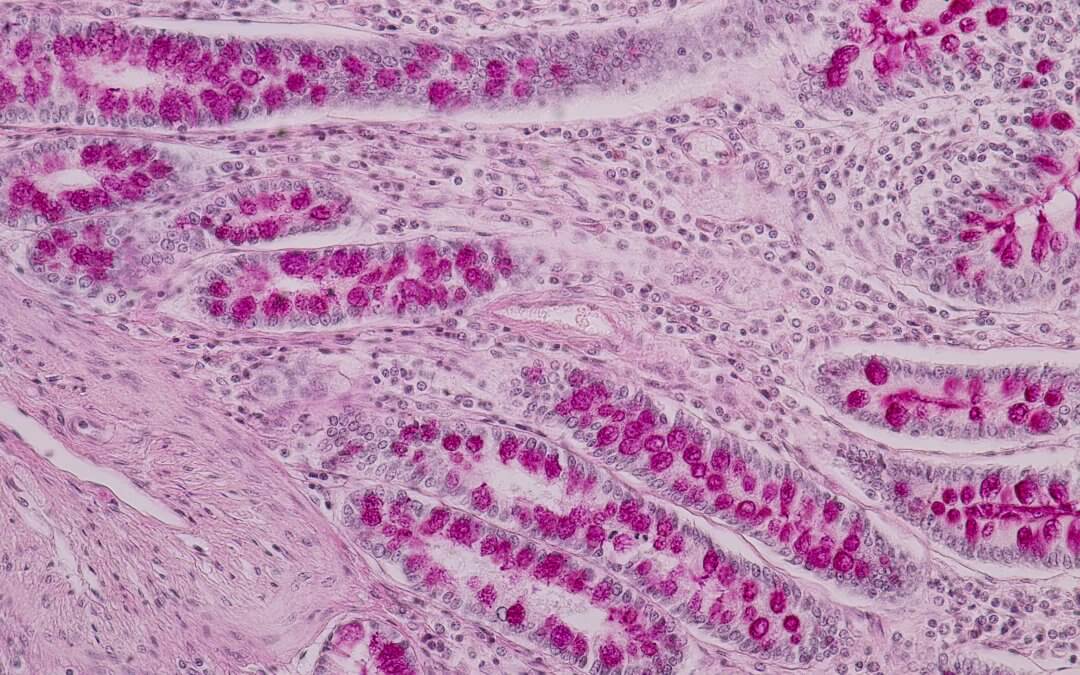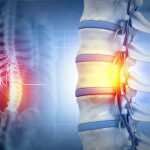A recent study published in the journal eBioMedicine found that umbilical cord stem cells may have the potential to heal the intestinal ulcers of patients suffering from Crohn’s disease.
What is Crohn’s disease?
Crohn’s disease is a condition that causes parts of the digestive system to become inflamed. The disease affects around 1 in every 300 people in the UK, with symptoms including severe abdominal pain, diarrhoea, tiredness and fatigue, appetite loss and in some cases, anaemia. [1] [2]
A lifelong condition, the root causes of Crohn’s aren’t yet known, but it’s thought that there are several key factors that may contribute to the likelihood of developing the disease, such as:
- Having had a particularly pernicious stomach bug
- Whether any close relatives have Crohn’s (genes)
- If there’s a preexisting immunological problem
- If there’s an imbalance in gut bacteria levels
- Exposure to a range of environmental factors, including stress, smoking, taking certain medicines such as antibiotics and non-steroidal anti-Inflammatory drugs (NSAIDs).
Unfortunately, there are no cures available for Crohn’s disease, with treatments limited to reducing the inflammation and severity of symptoms through medicinal, although this only has an efficacy rate of 40-60%, or surgical means which involves removing a portion of the digestive system. [3]
With this in mind, the need to find a new approach to the treatment of Crohn’s has a pressing urgency.
Exploring the application of umbilical cord stem cells for treating Crohn’s disease
Researchers conducted a pilot, open label clinical study between November 2020 to October 2023, with 17 patients with Crohn’s disease.
The patients, who were aged between 18 to 75, were selected on the basis that they had moderate to severe Crohn’s disease for at least three months prior to the start of the trial and that they had not responded to advanced treatment.
Patients received an injection of human umbilical cord mesenchymal stem cells (hUC-MSCs) both by colonoscopy and then by intravenous drip the following day. Patients were then monitored over the course of 24 weeks, with researchers measuring laboratory and clinical markers along with performing endoscopic assessments.
The researchers found that of the 17 patients, eight showed improvement in their SES-CD (Simple Endoscopic Score for Crohn’s disease) scores, which measures the size and severity of ulcers wherein a higher score indicates a more severe disease, while 3 further patients also displayed mucosal healing, meaning their SES-CD scores became zero.
All patients achieved clinical remission by week 24 of the trial. [4]
How does the treatment work?
During the course of the trial, the researchers were paying special attention to how the mesenchymal stem cells were working to provide such dramatic improvements in patient outcomes. In addition to showing the viability of the stem cell treatment, they also wanted to show how that treatment worked.
They did this by taking a biopsy of the mucosae at the margins of the intestinal lesions from 3 patients before and after the trial for transcriptome sequencing, a process that would allow them to access information about the gene regulation and protein content of cells.
The researchers’ analysis revealed that the hUC-MSCs appeared to upregulate the expression of genes that maintain the integrity of the intestinal epithelial barrier – a mucus layer that regulates luminal contents (such as enzymes, food particles, bile and bacteria) and its interaction with the body’s immune system – and downregulated the expression of genes relating to inflammatory response. [5]
Essentially, what this suggests is that the application of stem cells led to the inhibition of the inflammatory response and an improvement in the integrity of the intestinal barrier, remedying two key aspects of intestinal function affected by Crohn’s disease.
While there were limitations in the size and scope of this trial, what it showed was significant and promising potential for the effective application of umbilical cord stem cells in treating Crohn’s disease, a huge step forward in making available a new avenue of treatment for those who live with the condition.
If you want to find out more about how you could give your baby access to their own umbilical cord and placental stem cells, sign up below for a free welcome pack.
References
FIND OUT MORE, REQUEST YOUR WELCOME PACK TODAY
All you need to know to make an informed decision.
Provide your contact details to request:
– Complete Welcome Pack and Parent’s Guide
– Information via email
– Contact from our specialist advisors








